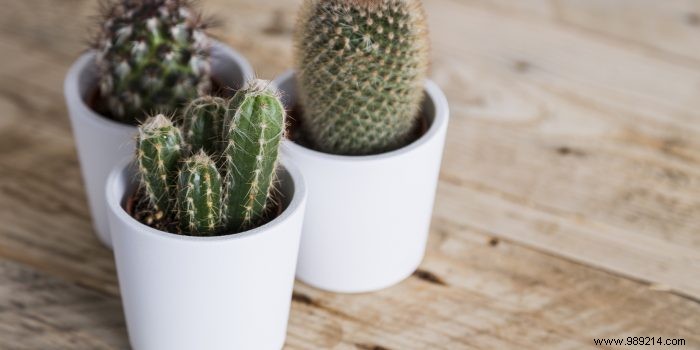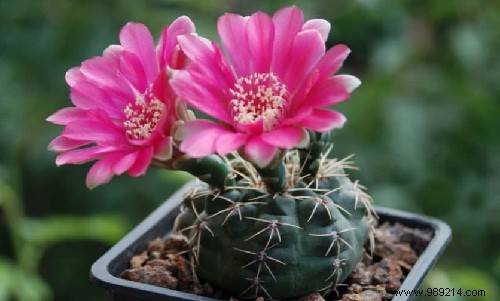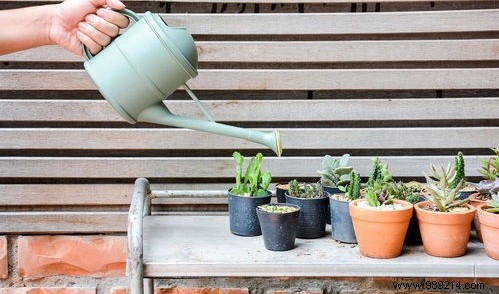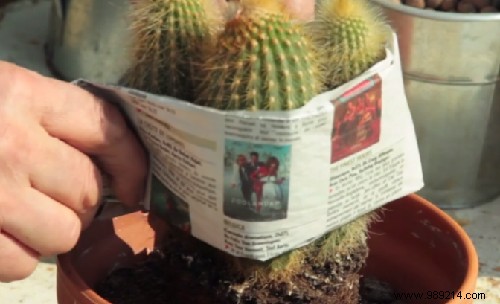
Mini-cacti are very trendy plants to adorn the interior of the house. They will easily fit into any decor, provided you maintain them properly.
All cacti are part of the Cactaceae family. This plant has about 2,000 species which are divided into three distinct groups:Pereskioideae, Opuntioideae, and Cactoideae. Native to Mexico and the southern United States, they are amazing plants that store liquid in their tissues. This juice is edible, it is also essential to cope with periods of extreme drought.

Mini Gymnocalycium cactus
Dwarf cacti or mini-cacti are real cacti that do not exceed 5 to 15 cm in height. There are four varieties namely Cleistocactus, Gymnocalycium, Mammillaria and Rebutia. Unlike classic cacti, mini cacti grow very slowly.
Cacti do not get watered often like other ornamental plants. Too much water leads to the appearance of rot. It may even kill them or encourage them to grow too quickly.

To do this, water the substrate of the plant. In summer, just water it 2 to 3 times a month and wait until the soil is completely dry in depth between two waterings. Reduce the frequency to once a month in winter. In case water accumulates, remove the excess from the saucer.
The best method to adopt is to water the mini-cactus by capillarity. Fill a cup with water about 1 cm high and soak the bottom of the pot in it for a few minutes. Take the pot out once the water has all been sucked out.

In general, cacti bloom in the spring. This is also the perfect time to add fertilizer. The flowers are of various colors:yellow, orange, pink, garnet, white… To develop well, they need light. So, put them in a place exposed to the sun like on the edge of the window, on the veranda or under the pergola. However, the temperature should not exceed 25°C.
Cacti go through a period of dormancy:in winter. This is when you should place the pots in a dry place with a temperature that does not exceed 15°C. Remember to space out the waterings.
Repotting is done every three years and preferably in the spring. To do this, hold your mini-cactus with a cloth, avoiding pulling on the stem, or simply wear gloves. Tap the sides of the pot to loosen the soil from the plant. Clean the roots by removing any that are dry.

You will need a pot a little larger than the diameter of the cactus and very dry soil. Do not bury the fleshy parts and wait a few days before watering. This allows the roots to adapt to their new environment. And add small pebbles on top to capture the heat of the sun.
To remove mealybugs, brown shells or cottony clusters on cacti, use a cotton swab soaked in alcohol. Avoid the use of chemicals that may damage your precious plant.